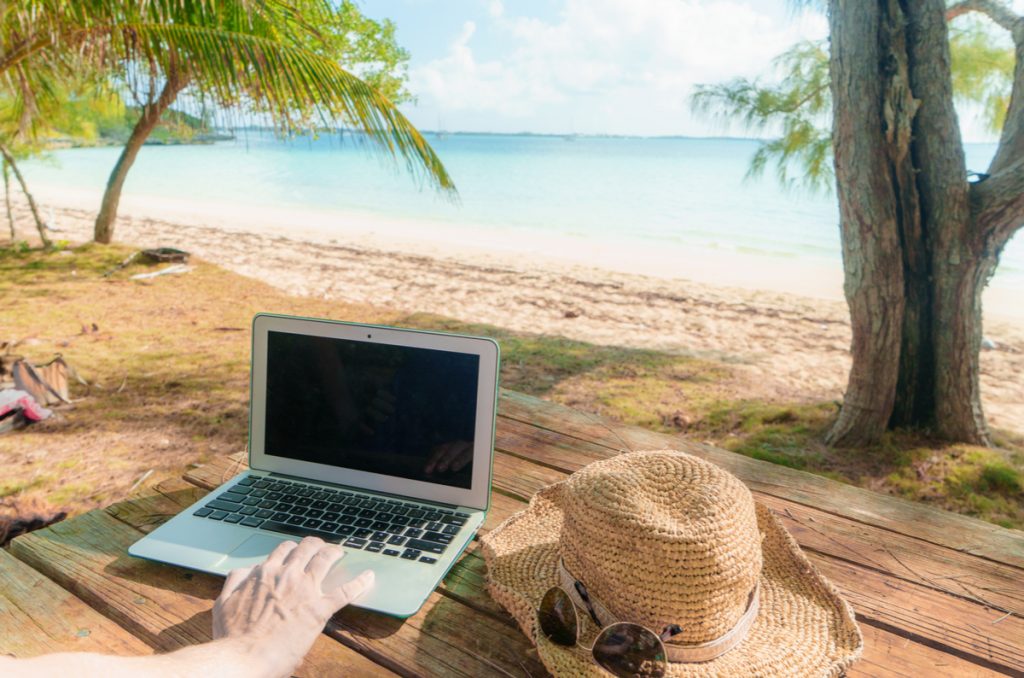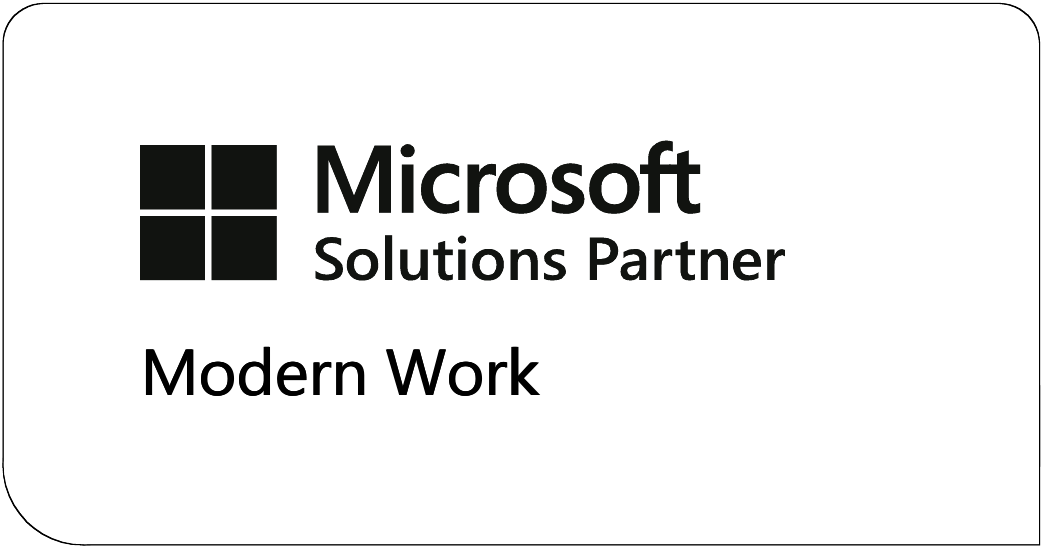The ongoing shift to the cloud has been transforming corporate technology for over a decade. Now, instead of hosting and managing rooms full of physical servers, companies rely on cloud-enabled third parties that make data accessible to employees across locations and devices. Software-as-a-Service (SaaS) has become a common term, removing the need for companies to install systems on-premises – and saving time and money as a result.
As we take another step forward in our journey to the cloud, there’s another exciting shift that’s transforming how businesses operate: virtual desktops.
While the benefits are many, there is one important thing to keep in mind. To access their cloud PCs, users are given credentials to log in from anywhere – but this needs to be done securely. To mitigate the threat of credential-based cyberattacks, password policies must be supplemented by added layers of security, such as a risk-aware multi-factor authentication solution. We’re working with companies that want to minimize their hardware management requirements by deploying virtual desktops for their teams. It’s an exciting shift in the corporate landscape, and we can’t wait to see what other changes it inspires. If you’d like to chat about how cloud desktops could better enable your team, get in touch.
What Is a Virtual Desktop?
Much like the name implies, a virtual desktop allows admins and users to set up workstations on a cloud environment, so that they can be accessed from anywhere. Think of how you use your Apple ID. When you get a new laptop, all you have to do is log in with your Apple credentials and the system automatically sets up all the applications you had on your previous device. Using a virtual desktop is like using an Apple ID for business. This framework, also known as Desktop-as-a-Service (DaaS), reduces the burden on your IT team as the provider (e.g. Microsoft) takes care of the logistical aspects of the cloud desktop. It also reduces the spendThe Benefits of Building Your Desktop on the Cloud
At Universal, we believe that virtual desktops are the way of the future as they offer a more secure and cost-effective way for IT teams to deploy mobile device management. Other benefits include:- Added support for hybrid work. Companies around the world are building hybrid work strategies that give their employees flexibility and choice. Cloud desktops make it easier for employees to access their personalised work environment from anywhere, securely.
- Reduced reliance on hardware. Managing hardware is a big headache for most organisations – especially if they have people working in different locations. Virtual desktops can put you on the path to minimising your owned hardware inventory and freeing up employees to use their own devices.
- Less down time. Typically, employees are given a single trusted device, with security policies built around the device’s serial number. If the device is broken or stolen, the user can’t access their work systems and needs to be reprovisioned to a brand new computer – and that can take time. With a virtual desktop, the employee can be back up and running (and billing your clients) in minutes.
- Simplified BYOD policies. More than ever, with people spending more time working at home, employees want to be able to use their own devices to do their work. A virtual desktop makes it easier for this to be done securely, without compromising your network.
While the benefits are many, there is one important thing to keep in mind. To access their cloud PCs, users are given credentials to log in from anywhere – but this needs to be done securely. To mitigate the threat of credential-based cyberattacks, password policies must be supplemented by added layers of security, such as a risk-aware multi-factor authentication solution. We’re working with companies that want to minimize their hardware management requirements by deploying virtual desktops for their teams. It’s an exciting shift in the corporate landscape, and we can’t wait to see what other changes it inspires. If you’d like to chat about how cloud desktops could better enable your team, get in touch.

